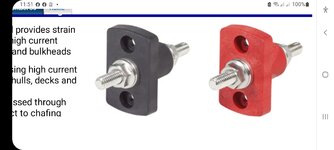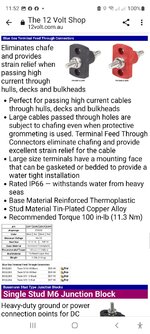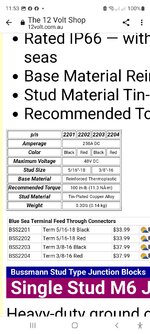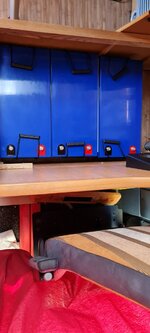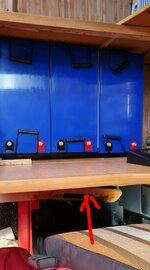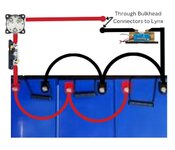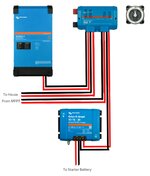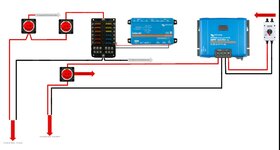Thanks Raul. So it's OK for the cables between the batteries to be 70mm2? I have 2 beside each other and the third is about 3 feet away. Then I plan to run through a double poll isolation and then to a busbar.Yes it means 2x 95mm2 for positive and 2 for negative.
If your 3 batteries are in paralel, then between them should be 70mm2, or each battery to a buss bar.
And before you say they are overkill, it’s a 2,18% or 0,3v voltage drop at 4m with the 2x95mm2. Victron table is spot on.
Does that sound OK?


